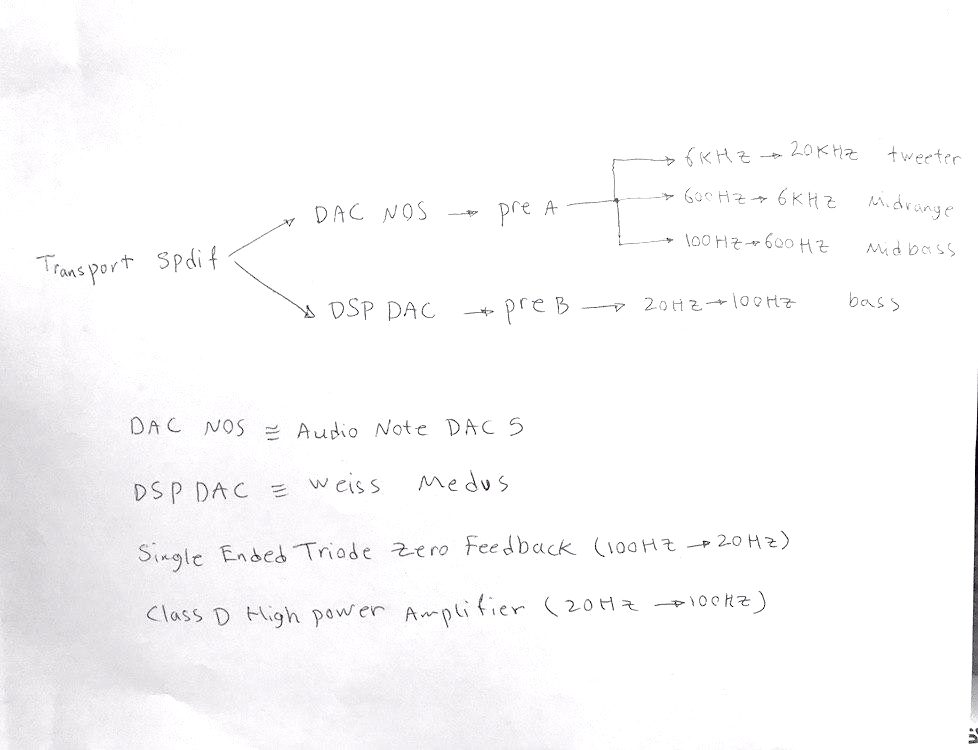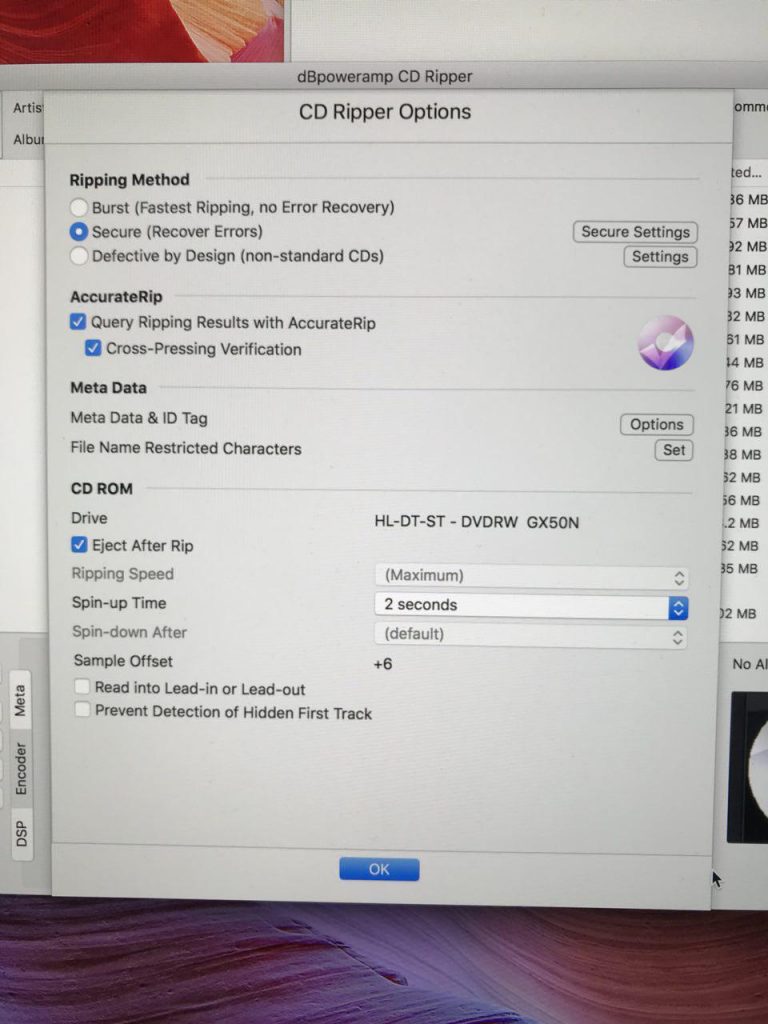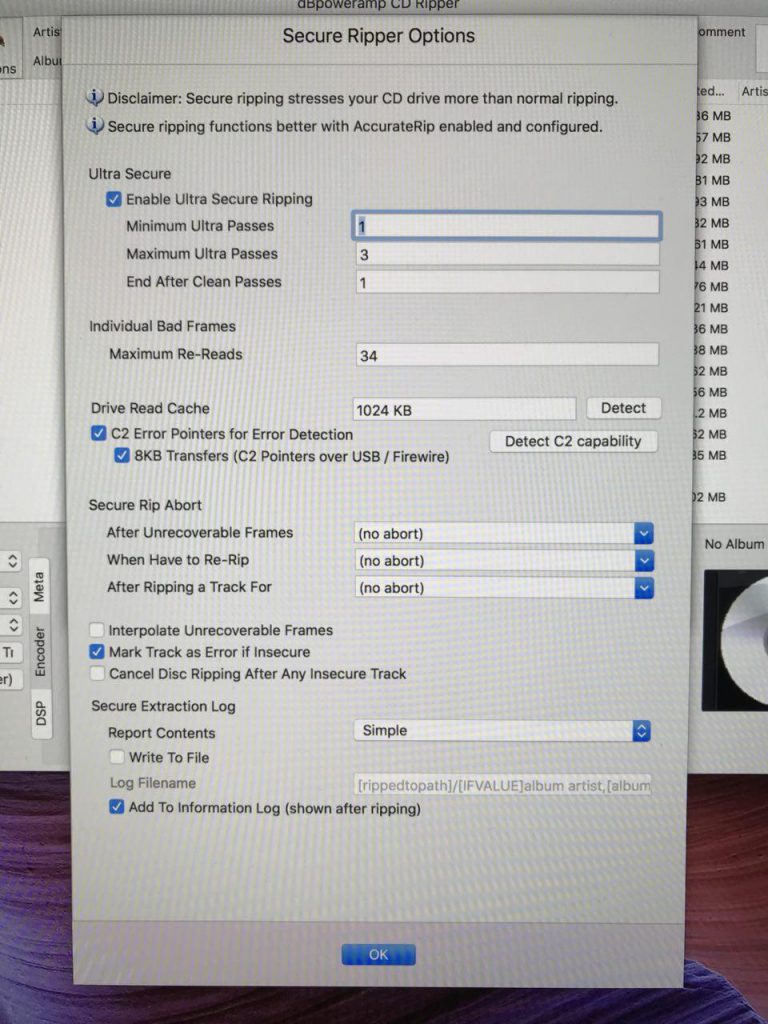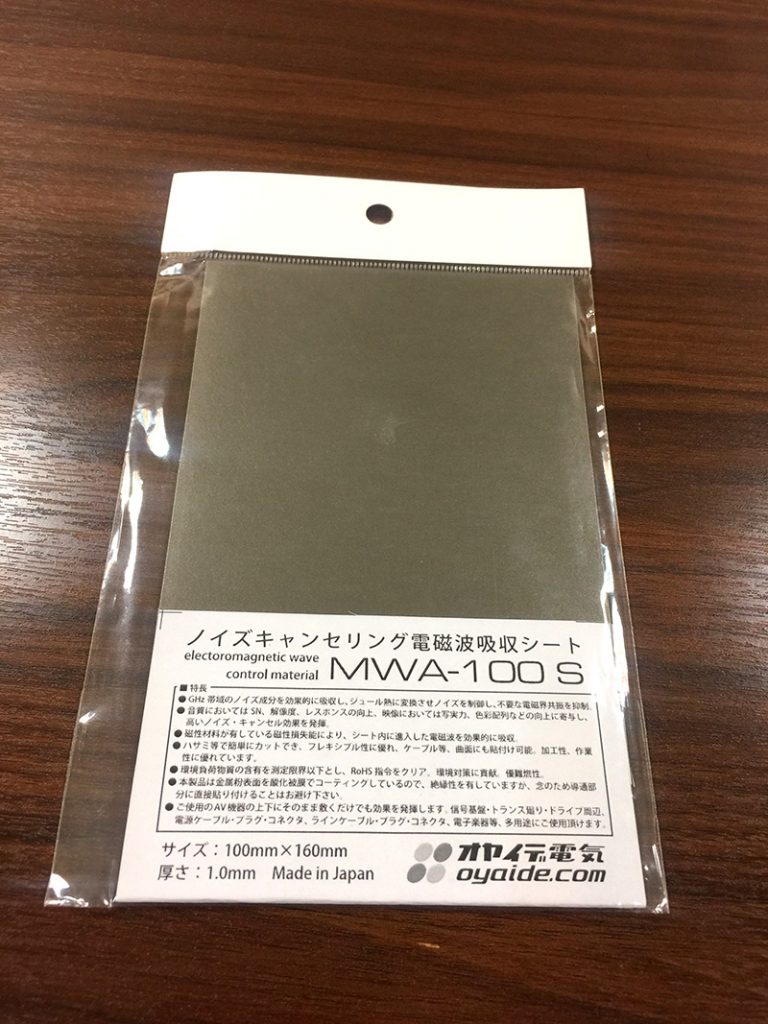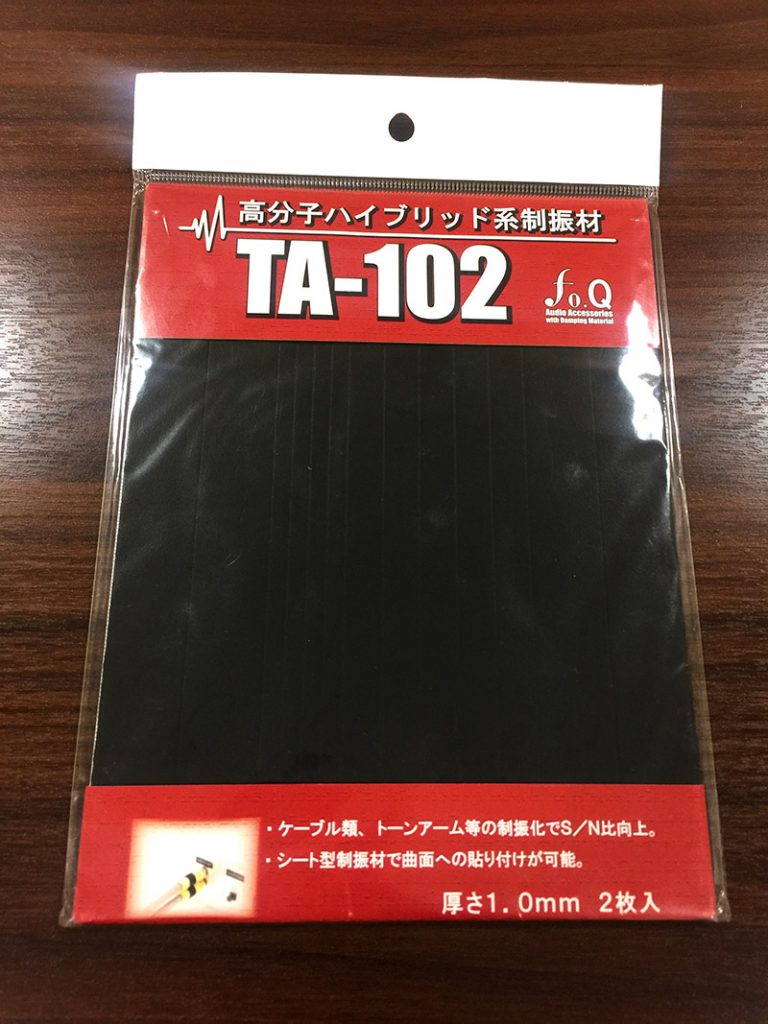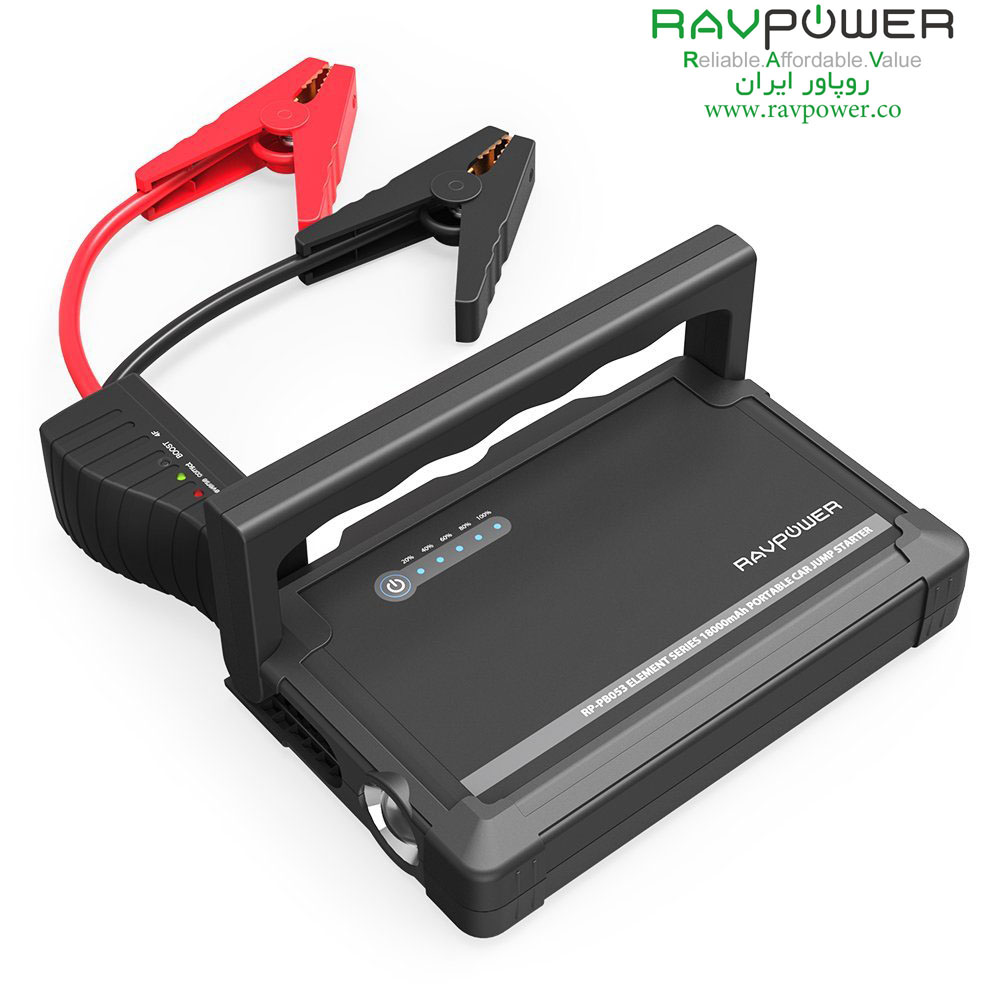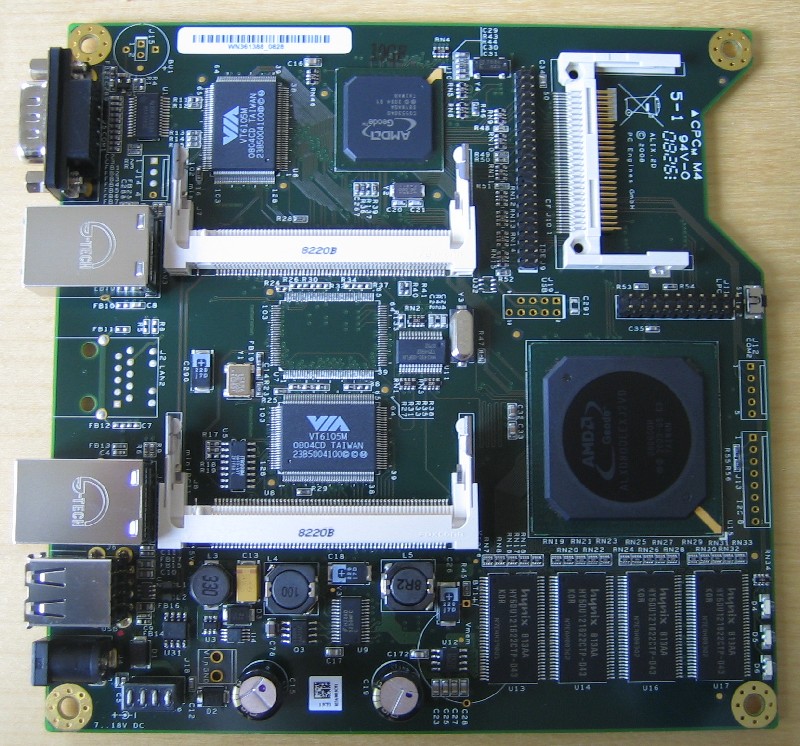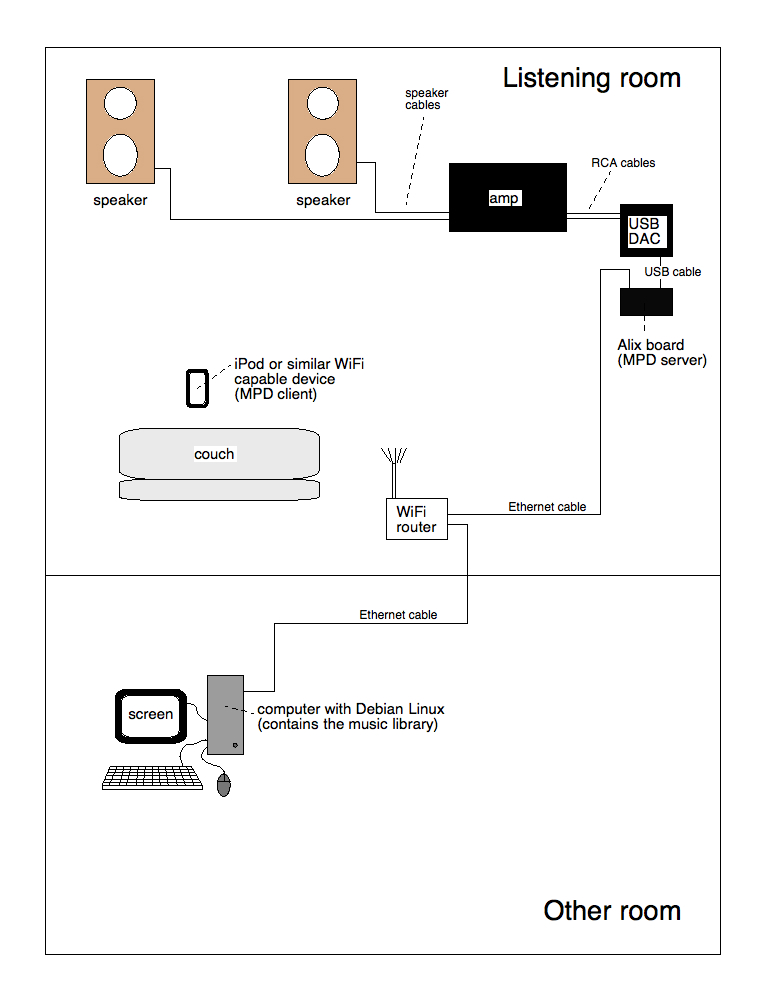it seems the computer audio problem is not bit errors and even correct bit-perfect digital data (from computer) does not give us good sound.
the wadax new server (computer) does not use digital processing and it only change the digital wave shape.
“The Wadax Reference Server I review in this issue raises some fascinating questions about the fundamental nature of digital audio. Unique for a server, the Wadax has three front-panel controls that allow the user to adjust the amplitude and shape of the digital waveform that represents the music. These controls don’t change the digital ones and zeros, but rather introduce an analog-like variability to the digital bitstream—a radical concept.
Digital audio was supposed to work perfectly or not at all; removing analog-like variability was its raison d’être. Yet early on in digital audio it became apparent that identical bitstreams could sound different if the digital samples were put back together with even the most miniscule timing errors—jitter. Although 30 years later this mechanism is fully understood, it came as a shock to a mindset that viewed digital-audio data as just another form of digital information that could be transmitted or copied endlessly without error. However, unlike other forms of digitally represented data, the end of a digital-audio system is an analog signal that is analyzed by our exquisitely sensitive hearing mechanism.
Yet for all we’ve learned about digital audio, there’s much that remains a mystery. One such mystery is precisely how adjusting the waveshape’s steepness with the Wadax server’s “Speed” control changes the music’s sense of pace and rhythm.
The analog-like variability of digital signals has long fascinated me. When I was working in a CD mastering lab in the late 1980s, one of my jobs was investigating technical problems with mastertapes that could lead to issues with replicated discs. One day I learned that a customer, a small, independent music label, was unhappy with the sound of the replicated discs we had made. I spoke with someone in the band, who described how the replicated disc sounded different from the mastertape. This was the first time a customer had complained about the sound quality of a replicated disc.
The sonic differences he described could not be the result of data errors on the disc. For starters, our QC department would have rejected any discs that had uncorrectable errors. CD error correction is extremely robust; it can completely and perfectly correct—not conceal through interpolation—up to 4000 consecutive missing or corrupted bits. Second, such errors would show up as audible glitches, not as, for example, a reduction in soundstage dimensionality.
The first thing I did was compare the data on the customer’s ¾” U-Matic CD mastertape with the data on the replicated disc, using a CD-ROM pre-mastering system. As expected, the data on the mastertape and the data on the replicated CD were identical.
To the engineers I worked with, that was the end of the story. “Bits is bits,” they said, dismissing the musician’s claims. Because the replicated discs contained data identical to the mastertape, they reasoned, our company had done its job, and any sonic differences were figments of someone’s imagination. These guys were brilliant engineers. They had designed and built, from scratch, the two custom CD mastering machines in our factory—no mean feat. Yet, the audiophile in me was compelled to explore the question, so I cut a new glass master from the customer’s CD mastertape on our second, newly designed mastering machine and had discs replicated. This would enable me to listen to the two discs through the same CD player, something I couldn’t do with the CD mastertape and the replicated disc (the mastertape could be decoded only by a Sony PCM-1630 processor). After verifying that the second disc contained the same data as the mastertape and the first disc, I listened to both discs on my home system. The two discs did, indeed, sound different—the second disc sounded smoother and more dimensional. Without telling the customer what I heard (or about the different mastering machine), he reported that the second disc sounded like what he created in the studio.
Now, I was really curious. I rented an analyzer that would measure the time periods of the pit and land structures on the CD. The analyzer graphically plotted the precise period of each of the nine discrete pit and land lengths that encode information. The first disc that sounded inferior had a much wider frequency distribution of the signals generated by the pits. The second, better-sounding disc, had a much narrower frequency distribution, indicating that the pit and land lengths were more precise. Moreover, looking at the raw signal from the CD player’s photodetector revealed that the pit-to-land and land-to-pit transitions were cleaner and sharper on the second disc. In essence, jitter was embedded in the disc itself in the physical pit and land structures. It wasn’t surprising that the second CD mastering machine produced less timing variation; its turntable was controlled by a vastly more sophisticated and precise rotational-servo system.
Although this exercise was illuminating, it still didn’t answer the question of how those timing variations on the disc made their way through an enormous amount of complex signal processing (the error-correction decoding alone is mind-boggling) to somehow affect the CD player’s analog output signal.
it seems the computer audio problem is not bit errors and even correct bit-perfect digital data (from computer) does not give us good sound.
the wadax new server (computer) does not use digital processing and it only change the digital wave shape.
“The Wadax Reference Server I review in this issue raises some fascinating questions about the fundamental nature of digital audio. Unique for a server, the Wadax has three front-panel controls that allow the user to adjust the amplitude and shape of the digital waveform that represents the music. These controls don’t change the digital ones and zeros, but rather introduce an analog-like variability to the digital bitstream—a radical concept.
Digital audio was supposed to work perfectly or not at all; removing analog-like variability was its raison d’être. Yet early on in digital audio it became apparent that identical bitstreams could sound different if the digital samples were put back together with even the most miniscule timing errors—jitter. Although 30 years later this mechanism is fully understood, it came as a shock to a mindset that viewed digital-audio data as just another form of digital information that could be transmitted or copied endlessly without error. However, unlike other forms of digitally represented data, the end of a digital-audio system is an analog signal that is analyzed by our exquisitely sensitive hearing mechanism.
Yet for all we’ve learned about digital audio, there’s much that remains a mystery. One such mystery is precisely how adjusting the waveshape’s steepness with the Wadax server’s “Speed” control changes the music’s sense of pace and rhythm.
The analog-like variability of digital signals has long fascinated me. When I was working in a CD mastering lab in the late 1980s, one of my jobs was investigating technical problems with mastertapes that could lead to issues with replicated discs. One day I learned that a customer, a small, independent music label, was unhappy with the sound of the replicated discs we had made. I spoke with someone in the band, who described how the replicated disc sounded different from the mastertape. This was the first time a customer had complained about the sound quality of a replicated disc.
The sonic differences he described could not be the result of data errors on the disc. For starters, our QC department would have rejected any discs that had uncorrectable errors. CD error correction is extremely robust; it can completely and perfectly correct—not conceal through interpolation—up to 4000 consecutive missing or corrupted bits. Second, such errors would show up as audible glitches, not as, for example, a reduction in soundstage dimensionality.
The first thing I did was compare the data on the customer’s ¾” U-Matic CD mastertape with the data on the replicated disc, using a CD-ROM pre-mastering system. As expected, the data on the mastertape and the data on the replicated CD were identical.
To the engineers I worked with, that was the end of the story. “Bits is bits,” they said, dismissing the musician’s claims. Because the replicated discs contained data identical to the mastertape, they reasoned, our company had done its job, and any sonic differences were figments of someone’s imagination. These guys were brilliant engineers. They had designed and built, from scratch, the two custom CD mastering machines in our factory—no mean feat. Yet, the audiophile in me was compelled to explore the question, so I cut a new glass master from the customer’s CD mastertape on our second, newly designed mastering machine and had discs replicated. This would enable me to listen to the two discs through the same CD player, something I couldn’t do with the CD mastertape and the replicated disc (the mastertape could be decoded only by a Sony PCM-1630 processor). After verifying that the second disc contained the same data as the mastertape and the first disc, I listened to both discs on my home system. The two discs did, indeed, sound different—the second disc sounded smoother and more dimensional. Without telling the customer what I heard (or about the different mastering machine), he reported that the second disc sounded like what he created in the studio.
Now, I was really curious. I rented an analyzer that would measure the time periods of the pit and land structures on the CD. The analyzer graphically plotted the precise period of each of the nine discrete pit and land lengths that encode information. The first disc that sounded inferior had a much wider frequency distribution of the signals generated by the pits. The second, better-sounding disc, had a much narrower frequency distribution, indicating that the pit and land lengths were more precise. Moreover, looking at the raw signal from the CD player’s photodetector revealed that the pit-to-land and land-to-pit transitions were cleaner and sharper on the second disc. In essence, jitter was embedded in the disc itself in the physical pit and land structures. It wasn’t surprising that the second CD mastering machine produced less timing variation; its turntable was controlled by a vastly more sophisticated and precise rotational-servo system.
Although this exercise was illuminating, it still didn’t answer the question of how those timing variations on the disc made their way through an enormous amount of complex signal processing (the error-correction decoding alone is mind-boggling) to somehow affect the CD player’s analog output signal.
it seems the computer audio problem is not bit errors and even correct bit-perfect digital data (from computer) does not give us good sound.
the wadax new server (computer) does not use digital processing and it only change the digital wave shape.
“The Wadax Reference Server I review in this issue raises some fascinating questions about the fundamental nature of digital audio. Unique for a server, the Wadax has three front-panel controls that allow the user to adjust the amplitude and shape of the digital waveform that represents the music. These controls don’t change the digital ones and zeros, but rather introduce an analog-like variability to the digital bitstream—a radical concept.
Digital audio was supposed to work perfectly or not at all; removing analog-like variability was its raison d’être. Yet early on in digital audio it became apparent that identical bitstreams could sound different if the digital samples were put back together with even the most miniscule timing errors—jitter. Although 30 years later this mechanism is fully understood, it came as a shock to a mindset that viewed digital-audio data as just another form of digital information that could be transmitted or copied endlessly without error. However, unlike other forms of digitally represented data, the end of a digital-audio system is an analog signal that is analyzed by our exquisitely sensitive hearing mechanism.
Yet for all we’ve learned about digital audio, there’s much that remains a mystery. One such mystery is precisely how adjusting the waveshape’s steepness with the Wadax server’s “Speed” control changes the music’s sense of pace and rhythm.
The analog-like variability of digital signals has long fascinated me. When I was working in a CD mastering lab in the late 1980s, one of my jobs was investigating technical problems with mastertapes that could lead to issues with replicated discs. One day I learned that a customer, a small, independent music label, was unhappy with the sound of the replicated discs we had made. I spoke with someone in the band, who described how the replicated disc sounded different from the mastertape. This was the first time a customer had complained about the sound quality of a replicated disc.
The sonic differences he described could not be the result of data errors on the disc. For starters, our QC department would have rejected any discs that had uncorrectable errors. CD error correction is extremely robust; it can completely and perfectly correct—not conceal through interpolation—up to 4000 consecutive missing or corrupted bits. Second, such errors would show up as audible glitches, not as, for example, a reduction in soundstage dimensionality.
The first thing I did was compare the data on the customer’s ¾” U-Matic CD mastertape with the data on the replicated disc, using a CD-ROM pre-mastering system. As expected, the data on the mastertape and the data on the replicated CD were identical.
To the engineers I worked with, that was the end of the story. “Bits is bits,” they said, dismissing the musician’s claims. Because the replicated discs contained data identical to the mastertape, they reasoned, our company had done its job, and any sonic differences were figments of someone’s imagination. These guys were brilliant engineers. They had designed and built, from scratch, the two custom CD mastering machines in our factory—no mean feat. Yet, the audiophile in me was compelled to explore the question, so I cut a new glass master from the customer’s CD mastertape on our second, newly designed mastering machine and had discs replicated. This would enable me to listen to the two discs through the same CD player, something I couldn’t do with the CD mastertape and the replicated disc (the mastertape could be decoded only by a Sony PCM-1630 processor). After verifying that the second disc contained the same data as the mastertape and the first disc, I listened to both discs on my home system. The two discs did, indeed, sound different—the second disc sounded smoother and more dimensional. Without telling the customer what I heard (or about the different mastering machine), he reported that the second disc sounded like what he created in the studio.
Now, I was really curious. I rented an analyzer that would measure the time periods of the pit and land structures on the CD. The analyzer graphically plotted the precise period of each of the nine discrete pit and land lengths that encode information. The first disc that sounded inferior had a much wider frequency distribution of the signals generated by the pits. The second, better-sounding disc, had a much narrower frequency distribution, indicating that the pit and land lengths were more precise. Moreover, looking at the raw signal from the CD player’s photodetector revealed that the pit-to-land and land-to-pit transitions were cleaner and sharper on the second disc. In essence, jitter was embedded in the disc itself in the physical pit and land structures. It wasn’t surprising that the second CD mastering machine produced less timing variation; its turntable was controlled by a vastly more sophisticated and precise rotational-servo system.
Although this exercise was illuminating, it still didn’t answer the question of how those timing variations on the disc made their way through an enormous amount of complex signal processing (the error-correction decoding alone is mind-boggling) to somehow affect the CD player’s analog output signal.
That question remains unanswered to this day. Although our knowledge of digital audio has advanced enormously in the last 35 years, there’s still much to be discovered. The conundrum presented by the Wadax Reference Server is simply the latest example. It shows us the limits of our understanding by raising more questions than it answers. Robert Harley”
Read More